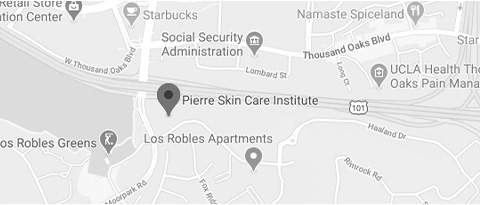The Importance of Skin Cancer Treatments
Skin cancer is the most common cancer in the US; over 3.5 million people are diagnosed with it every year. While skin cancer can affect anybody, it is most common in people who are 50, who have fair skin, or who spend a lot of time outdoors. If caught early, skin cancer can be readily treated.
Types of Skin Cancer
Basal cell carcinomas are the most common skin cancers, and they are also one of the easiest to treat. They can look like patches of rough and red skin, glossy pink bumps, or sores that don’t heal. Basal cell carcinomas don’t spread to other parts of the body, and they are usually found on places that get a lot of exposure to the sun like the face, neck, ears, or shoulders.
Squamous cell carcinomas are also common. They can look like a patch of roughened skin, a wart, or an open sore. Like basal cell carcinomas, squamous cell carcinomas are often caused by extensive exposure to the sun’s ultraviolet rays. Some autoimmune disorders, medications, and even injuries can trigger the development of squamous cell carcinoma. Untreated squamous cell carcinomas can eventually spread to other organs in the body and even kill the patient.
Melanoma is the most dangerous skin cancer, for it spreads readily. It generally looks like a mole, and some moles can become cancerous.
What are the ABCDEs?
The ABCDEs is a way of telling the difference between a healthy mole and one that might be cancerous. The letters stand for the following:
A = Asymmetry
B = Border
C = Color
D = Diameter
E = Evolving
A normal mole is symmetrical, which means the two halves match. A potentially cancerous mole doesn’t have matching halves. Similarly, a normal mole has a smooth, regular, and distinct border, while a cancerous mole has a jagged or indistinct border.
A normal mole is generally brown or tan, and it is the same color throughout. A cancerous mole can be white, red, blue, or several different colors at once.
A healthy mole has a diameter smaller than that of a pencil eraser, while a cancerous mole is often bigger. Finally, normal moles stay the same throughout the patient’s lifetime, while cancerous moles can grow or change.
How is Skin Cancer Treated?
Treatment for skin cancer will depend on the type of skin cancer, its location, and its size. The most common treatment is surgical excision in which the doctor surgically removes the cancer and a margin of apparently healthy tissue.
To learn more about skin cancer and the available treatments, book an appointment at Pierre Skin Care Institute in Thousand Oaks. We are always at the ready to treat patients throughout the Westlake Village, Agoura Hills, Calabasas, Camarillo, Ventura, Oxnard, Moorpark, and Simi Valley areas. Contact us today to set up a consultation.





